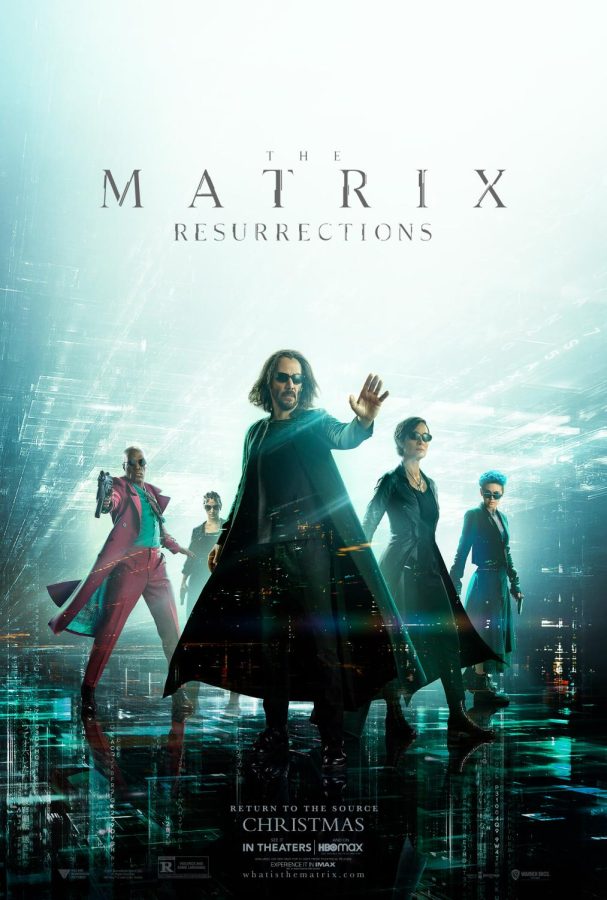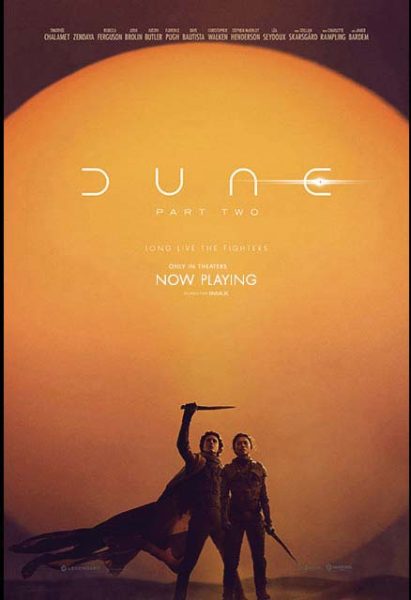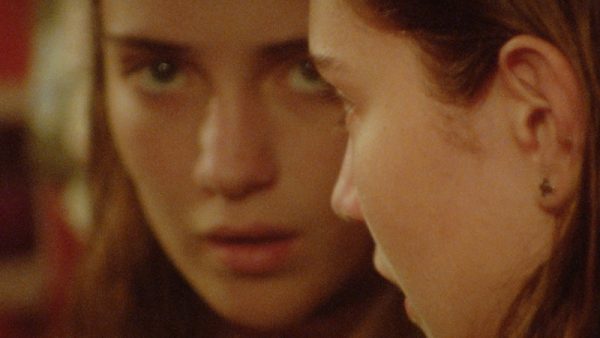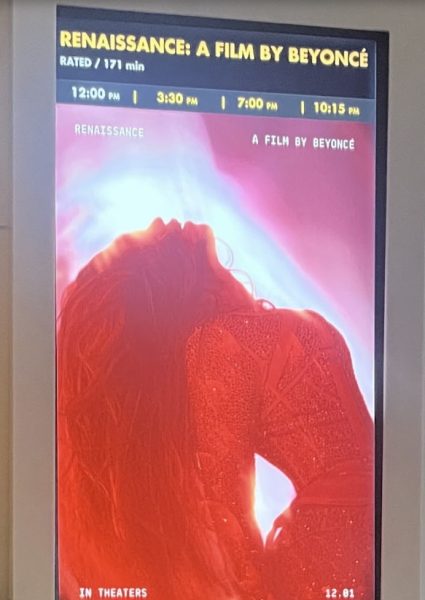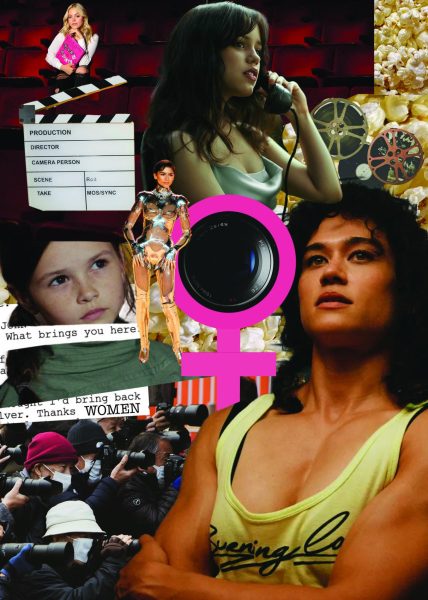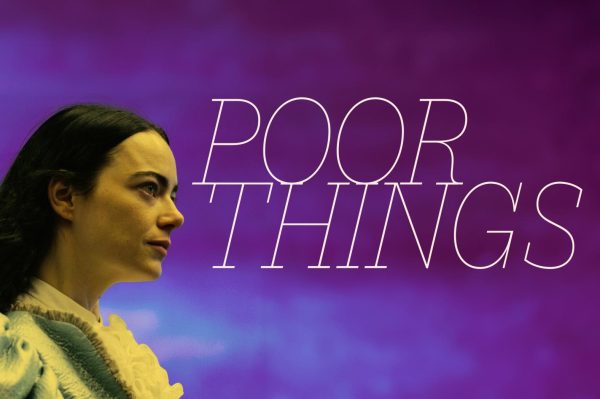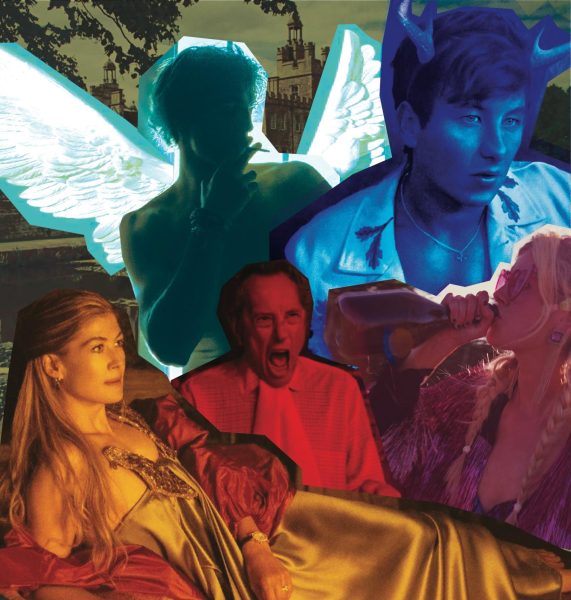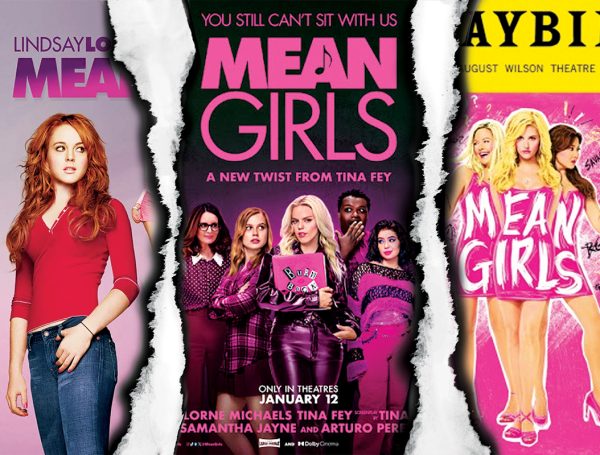Review: “The Matrix Resurrections” is all heart
February 14, 2022
Lana Wachowski understands the power of nostalgia, and she musters it mightily in “The Matrix Resurrections.” What makes the film work, however, is that while building from the obviously-sweeping legacy of the 1999 breakthrough original, the director has crafted more than just a bullet-timed retread. From a purely aesthetic perspective, “Resurrections” strikes a different tone and color temperature altogether, abandoning the desaturated, green-hued palette of the originals in favor of an often sun-streaked bath of oranges and yellows.
The plot finds Keanu Reeves’ Thomas Anderson as an older, celebrated game designer. His crowning achievement is a game called “The Matrix,” of course, the plot and characters of which distinctly resemble the original film. Yes, it’s all very meta. In some ways it is ingenious (Anderson’s game Matrix has been as ground-breaking and conversation-starting as its cinematic brethren); in others, mildly annoying (a post-credit scene about the market for cat videos). But at least it feels like Wachowski’s all in; she’s clearly still in love with this world and these characters.
As it turns out, Anderson’s gaming creation, including a recast, digital, and exquisitely-attired version of Morpheus (Yahya Abdul Mateen II), are based on his own dreams (or hallucinations, or both) of a world where machines have enslaved humanity and made them glorified batteries, only to have a few brave souls escape and lead a revolution against their mechanized overlords. Yes, we’re talking about the plot of the original trilogy, snippets of which are appropriated here as Anderson’s visions. Anderson pours out his soul about this dreamscape existence to a psychiatrist (Neil Patrick Harris), whose motivations may be murkier than they originally appear.
It’s not until Anderson meets Tiffany…ahem, Trinity (played by Carrie-Anne Moss, reprising her role as Neo’s partner in crime and love interest from the original trilogy), at a local coffee shop that he begins to awaken again to his true identity. He is ultimately abetted by the freedom-fighting Bugs (played by Jessica Henwick, a welcome new addition) and the aforementioned Morpheus. Anderson’s journey back to Neo and especially to Trinity may be too methodical and exposition-heavy for some attention spans, even as it boasts spectacular visuals and a swell montage set to an updated version of Jefferson Airplane’s “White Rabbit.” Still, when our heroes do find themselves and each other again, the set-up proves worth the wait.
Reeves and Moss’ incandescent chemistry hasn’t dimmed in the nearly twenty years since they last shared the screen as Neo and Trinity in “The Matrix Revolutions” and Wachowski rightly makes their reunion the centerpiece of her film. There’s also a neat, heart-tugging, female-forward twist about what Trinity precisely means to Neo’s messianic powers and identity.
In many respects, “The Matrix Resurrections” wears its beating, digital heart on its slickly-conceived sleeve. That’s a great deal more than one can say for a lot of big-budget tentpole fare that’s content to merely join the assembly line of the Hollywood machine. Like the film itself, humanity can be messy, but that’s what makes it interesting.
“The Matrix Resurrections” is now available to rent or buy online.



